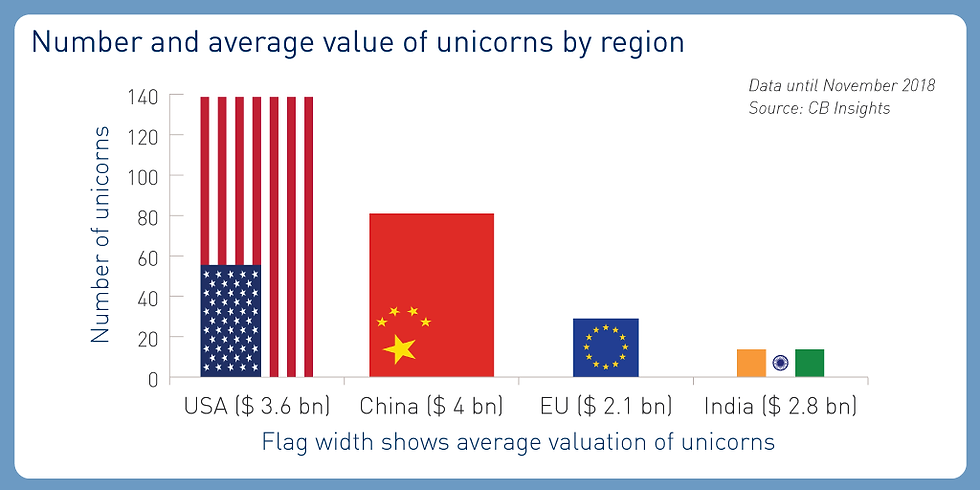Space Coast Hard Tech Hackathon
- casshartfordsales
- May 13, 2024
- 3 min read

It's October 4th, 1957. The USSR surprises the world by launching the first satellite into orbit, Sputnik I. Every 20 minutes radio operators around the world can hear the steady ping of its transponder beacon.
The shadow of socialism hung over the entire globe.

It's hard to imagine - in 1957 a full 35% of the world lived under communism. The race in technology and prestige was not yet won.
In a flat-out sprint, NASA accelerated its sat program and by February 1958 Explorer I was launched from Cape Canaveral.
A Space Coast was born.
Why Florida? Because orbit is a speed, not an altitude - the closer you are to the equator, the faster you're spinning through space because of Earth's rotation.
Launching from Canaveral versus Baiknour saves 200m/s in delta-vee - significant for the earliest days of


That same year the Mercury astronaut program was first formed which ran until 1963. Seven astronauts became living legends and national heroes.
Yet USSR won again - a few weeks after Yuri did his orbit, Alan Shepherd was the first American in space.
Launched from Cape Canaveral

Cape Canaveral Complex C-19 is where America caught up to, and then beat, the Soviets head-start in the Space Race.
Project Gemini launched all its missions from C-19 and proved out the longevity, docking, and maneuvering necessary for a successful mission.
To the moon
The Apollo program would ride the largest rocket ever made, to this day, and demanded a new facility. JFK Space Center became home to the largest building by volume on the planet - Vehicular Assembly Building, so big it had its own weather.


900,000 people gathered on the beaches of Florida to watch Apollo 11 send three men to another celestial body for the first time.
If civilization lasts a hundred thousand years more, these names will be remembered: Buzz Aldrin, Michael Collins, and Neil Armstrong
The Space Race was won but Space Coast's history had just begun. Skylab, the Space Shuttles, SLS, and now 8 private rocket companies are slated to have used the Space Coast facilities.


While the Space Race began with national pride, today its carried by commercial interests seeking to establish a new economy in LEO, GEO, and beyond - with moon bases planned by several major powers and landers and ISRU by startups.
But, defense is once more on the menu
There is no greater force for good on the planet than American entrepreneurialism, that for all its faults has exported the industrial revolution to every corner of the globe, broken dictatorships, lifted the veil of the iron curtain, advanced the frontiers of science.

Today the winds of sentiment have shifted to blow the flag of defense tech startups high and proud in the minds of the public.

Not since the days of the Cold War has there been such a clear mandate to build in the name of the national interest
And during the Cold-War thats exactly what Florida did.
The first ICBMs, Redstone and Minuteman; the first hypersonic SAM; the first supersonic cruise missile; first submarine launched ICBM, the list goes on.
Florida won the Space Race. Then it won the Cold War.

In the shadow of that legacy there is forming a new kind of tech-scene - the Defense Tech Hackathon circuit.
SF, LA, NYC, and now Florida's Space Coast
Each city flexes its strength to fuel the Forge of Freedom - factories, talent, capital.
But for whatever the changing winds of sentiment in the world of startups,
America's portal off-world will always have started here, on the sandy beaches of Florida, and soon to be home of the next frontier in heavy lift: Starship
See you on the Coast, May 17 - 20

-Andrew Cote



Comments